An active game that requires students to use their basic grammar and punctuation knowledge.
In this fun, active game, students grab each other’s tails and obtain them using their basic grammar and punctuation knowledge.
This teaching resource is a great way for students to review the standard conventions they have been learning throughout the year.
This resource includes:
- game instructions
- 30 animal tails (each with a sentence containing an error)
- 3 blank animal tails
- an answer key.
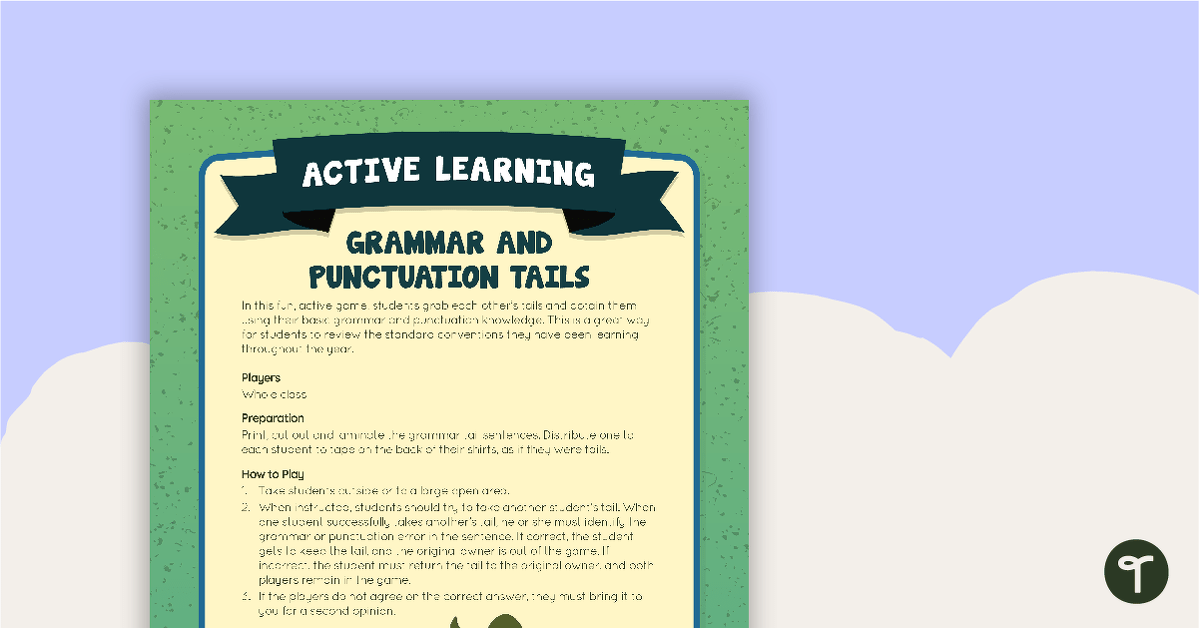
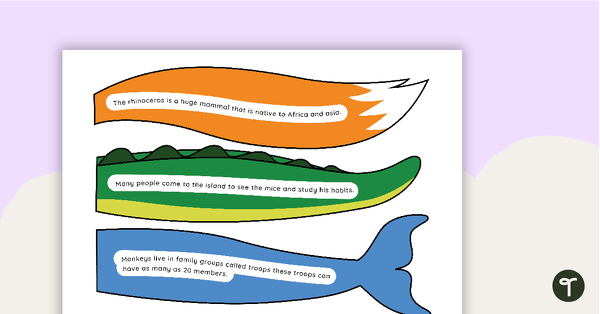

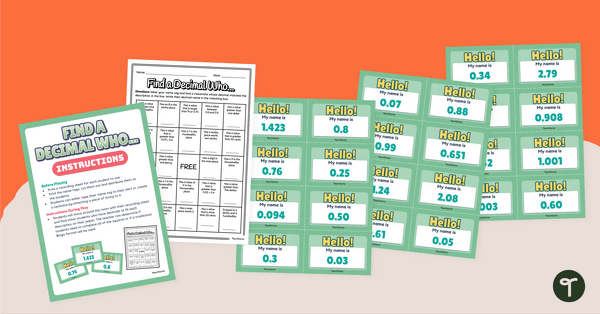
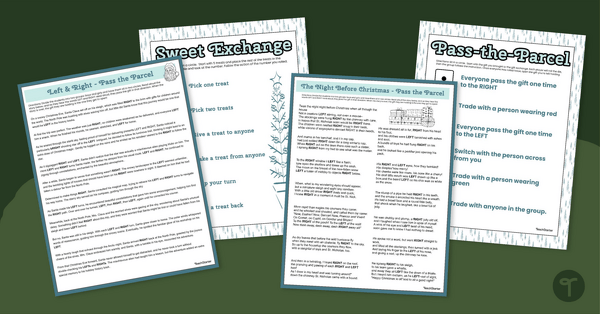
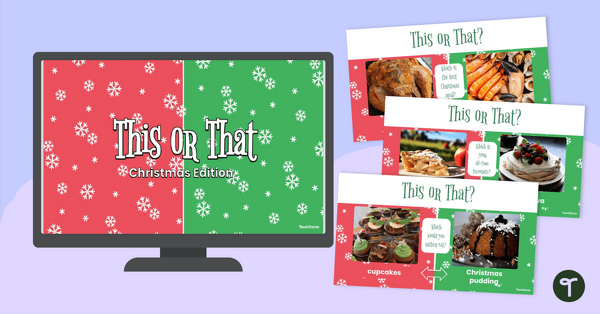
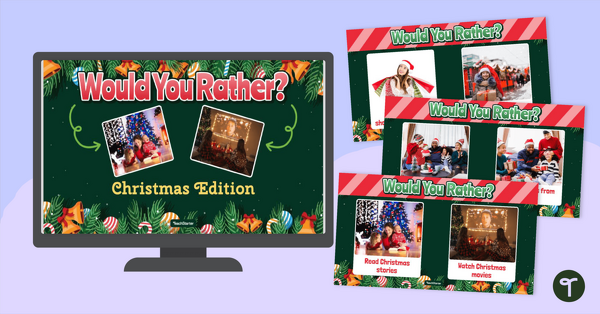
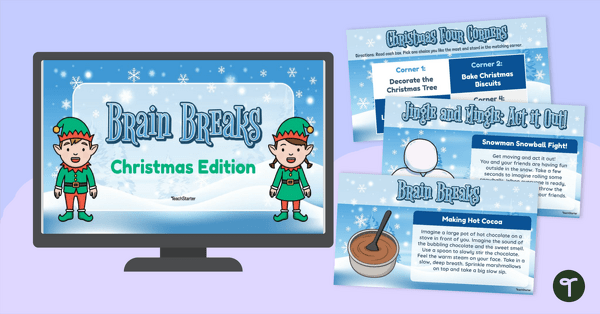
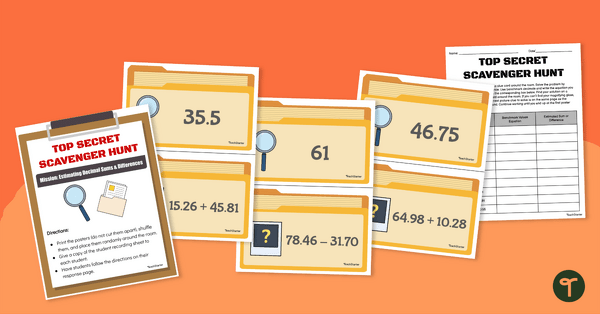
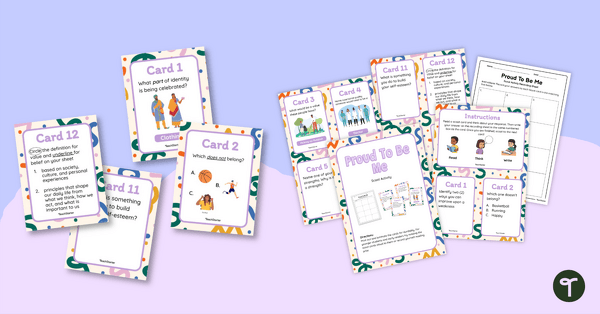
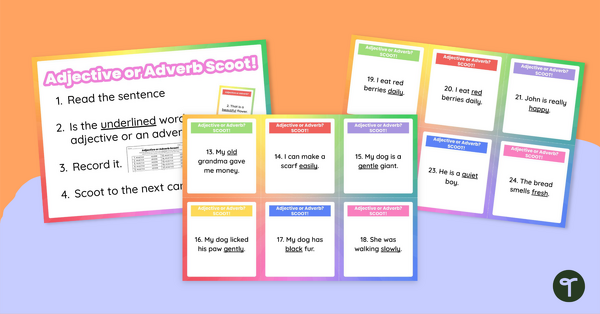
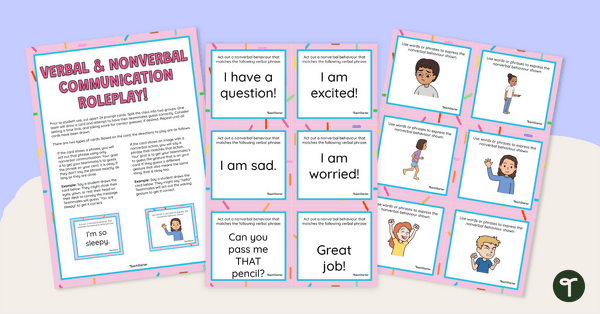
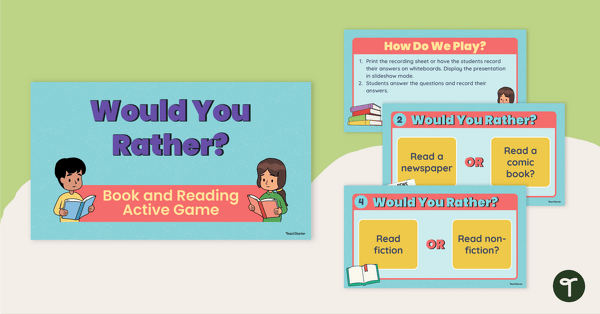
0 Comments
Write a review to help other teachers and parents like yourself. If you'd like to request a change to this resource, or report an error, select the corresponding tab above.